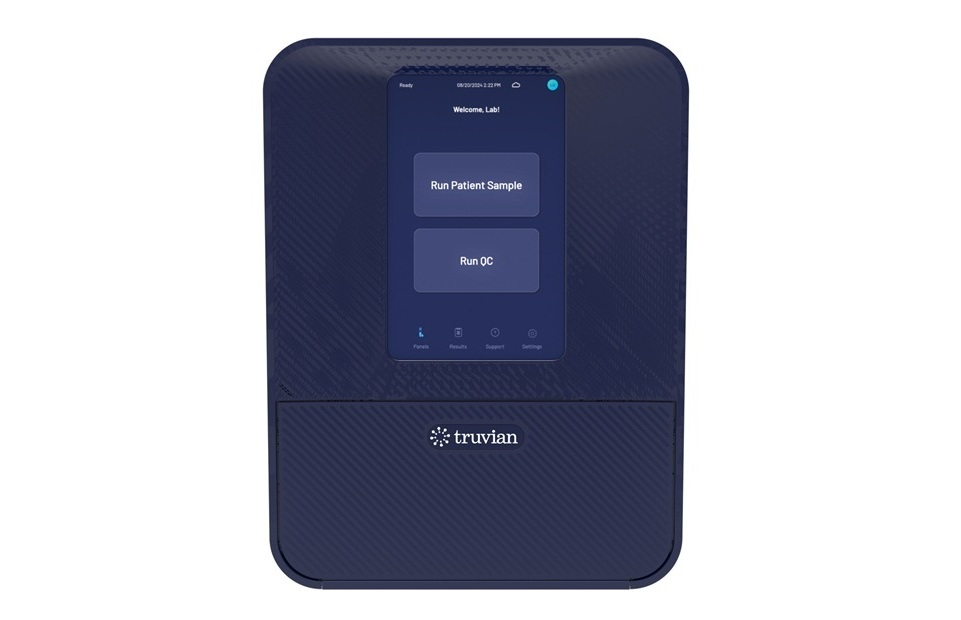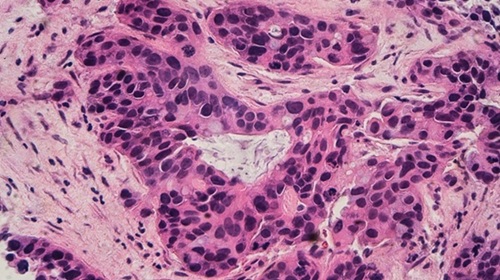Infectious Disease Testing to Remain Driver for Diagnostic Market
|
By LabMedica International staff writers Posted on 20 Jun 2018 |
The global market for infectious disease products is expected to record a 60% higher growth than the overall world market for in vitro diagnostics, with tests for infectious diseases representing more than one-fourth of the entire testing market. These are the latest findings of Kalorama Information, (New York, NY, USA), an independent medical market research firm.
Currently, almost one-third of the revenue earned from clinical testing products come from products that detect infectious diseases. Influenza, molecular HPV, emerging infectious disease testing and mycology are the fastest growth segments. Other key segments include TB, HIV, hepatitis, Strep A, malaria, blood screening, STDs, ID/AST, rapids, HAI and other test products.
Governments across the world are according the highest priority to infectious diseases in their healthcare provision. Public health officials have realized that infectious diseases are no longer a problem of just the developing countries, but also affect the social and economic welfare of industrialized countries. The globalized world market exposes far-apart populations to infectious diseases and exacerbates disease outbreaks. The potential for re-introduction of eradicated or controlled infectious diseases is at an all-time high and pathogen drug resistance is a problem being faced across the world that calls for a global response.
Meanwhile, payers in industrialized countries are being encouraged and have become receptive to expanding the coverage of infectious disease testing and screening. Although preventive testing services are traditionally associated with “lifestyle” or non-communicable diseases, infectious disease tests can also be considered under preventive services. Latent or asymptomatic diseases can progress into severe chronic conditions, creating challenges in healthcare funding and contributing significantly to national healthcare spending. As a result, increasingly sensitive and accurate infectious disease diagnostics are vital for implementing therapy at an earlier stage during infection to control rising treatment costs.
Additionally, the increase in funding for infectious disease diagnostics from international governmental, non-governmental and non-profit health organizations is driving the development of sophisticated test platforms that can meet the needs of testing in low-resource environments (electricity, water, refrigeration, other environmental control, and personnel). The emergence of new disease threats or acceptance of new routine screening procedures will further drive the growth of the infectious diseases test market.
The demand for detecting and countering infectious disease threats has aided the launch of new technologies such as molecular systems and POC, PCR-alternative molecular amplification methods, next-generation sequencing (NGS), microarrays and others. Further, advancements in instrument automated analysis and microfluidics have encouraged the proliferation of infectious disease testing across settings and institutions – from traditional sites such as reference labs through physician office laboratories (POLs) and mobile clinics in the developing world.
In the US and other developed countries, managed care demands quicker and more specific test results for infectious diseases. With the use of rapid, near-patient testing, antimicrobial usage can be rationalized and repeated physician office visits can be avoided. However, there is a need for cost improvements to expand the role of test products used in POC and POL settings across the US as decentralized testing is being disproportionately affected by cuts to reimbursements and pricing pressure on laboratory services and diagnostic procedures. The major payors in the US expect reimbursement reductions and restrictions, which will result in a slower growth than the global market, although respiratory, hepatitis and rapid microbiology will be the key growth segments. The market in Canada is mature, driven mainly by sepsis, with the HAI testing and POC segments recording a higher-than-average growth and is expected to register a moderate growth as provincial systems in the country invest in automated microbiology and molecular systems.
The markets in Europe, Germany, Spain and Italy and other EU countries are mature and are witnessing a high demand for innovative products, molecular HPV, rapid microbiology and chromogenic media. The overall European market is expected to improve only slightly during the forecast period as austerity is rolled back in the region. Turkey is expected to record a 50% higher revenue growth than European countries in most segments, with automated ID/AST and NAT screening systems, HIV and respiratory being among the high growth areas.
Brazil and Mexico are witnessing a strong growth in blood screening where immunoassays are still present and will record a comparatively higher growth than other nations, while the current demand for NAT systems in these countries will continue during the forecast period. In Latin America, Chile and Columbia are the large growth markets and are witnessing demand across categories.
The market in India is large, established, and reliable and has a fast-growing population. The continued growth of the Indian middle class population is expected to drive healthcare utilization, including infectious disease testing, in the country with hepatitis, TB, and malaria likely to attract the most investments. In Malaysia, Singapore and Indonesia, the rising middle class population and demand for healthcare services, including testing, is attracting a number of IVD companies to enter the Asian region.
Related Links:
Kalorama Information
Currently, almost one-third of the revenue earned from clinical testing products come from products that detect infectious diseases. Influenza, molecular HPV, emerging infectious disease testing and mycology are the fastest growth segments. Other key segments include TB, HIV, hepatitis, Strep A, malaria, blood screening, STDs, ID/AST, rapids, HAI and other test products.
Governments across the world are according the highest priority to infectious diseases in their healthcare provision. Public health officials have realized that infectious diseases are no longer a problem of just the developing countries, but also affect the social and economic welfare of industrialized countries. The globalized world market exposes far-apart populations to infectious diseases and exacerbates disease outbreaks. The potential for re-introduction of eradicated or controlled infectious diseases is at an all-time high and pathogen drug resistance is a problem being faced across the world that calls for a global response.
Meanwhile, payers in industrialized countries are being encouraged and have become receptive to expanding the coverage of infectious disease testing and screening. Although preventive testing services are traditionally associated with “lifestyle” or non-communicable diseases, infectious disease tests can also be considered under preventive services. Latent or asymptomatic diseases can progress into severe chronic conditions, creating challenges in healthcare funding and contributing significantly to national healthcare spending. As a result, increasingly sensitive and accurate infectious disease diagnostics are vital for implementing therapy at an earlier stage during infection to control rising treatment costs.
Additionally, the increase in funding for infectious disease diagnostics from international governmental, non-governmental and non-profit health organizations is driving the development of sophisticated test platforms that can meet the needs of testing in low-resource environments (electricity, water, refrigeration, other environmental control, and personnel). The emergence of new disease threats or acceptance of new routine screening procedures will further drive the growth of the infectious diseases test market.
The demand for detecting and countering infectious disease threats has aided the launch of new technologies such as molecular systems and POC, PCR-alternative molecular amplification methods, next-generation sequencing (NGS), microarrays and others. Further, advancements in instrument automated analysis and microfluidics have encouraged the proliferation of infectious disease testing across settings and institutions – from traditional sites such as reference labs through physician office laboratories (POLs) and mobile clinics in the developing world.
In the US and other developed countries, managed care demands quicker and more specific test results for infectious diseases. With the use of rapid, near-patient testing, antimicrobial usage can be rationalized and repeated physician office visits can be avoided. However, there is a need for cost improvements to expand the role of test products used in POC and POL settings across the US as decentralized testing is being disproportionately affected by cuts to reimbursements and pricing pressure on laboratory services and diagnostic procedures. The major payors in the US expect reimbursement reductions and restrictions, which will result in a slower growth than the global market, although respiratory, hepatitis and rapid microbiology will be the key growth segments. The market in Canada is mature, driven mainly by sepsis, with the HAI testing and POC segments recording a higher-than-average growth and is expected to register a moderate growth as provincial systems in the country invest in automated microbiology and molecular systems.
The markets in Europe, Germany, Spain and Italy and other EU countries are mature and are witnessing a high demand for innovative products, molecular HPV, rapid microbiology and chromogenic media. The overall European market is expected to improve only slightly during the forecast period as austerity is rolled back in the region. Turkey is expected to record a 50% higher revenue growth than European countries in most segments, with automated ID/AST and NAT screening systems, HIV and respiratory being among the high growth areas.
Brazil and Mexico are witnessing a strong growth in blood screening where immunoassays are still present and will record a comparatively higher growth than other nations, while the current demand for NAT systems in these countries will continue during the forecast period. In Latin America, Chile and Columbia are the large growth markets and are witnessing demand across categories.
The market in India is large, established, and reliable and has a fast-growing population. The continued growth of the Indian middle class population is expected to drive healthcare utilization, including infectious disease testing, in the country with hepatitis, TB, and malaria likely to attract the most investments. In Malaysia, Singapore and Indonesia, the rising middle class population and demand for healthcare services, including testing, is attracting a number of IVD companies to enter the Asian region.
Related Links:
Kalorama Information
Latest Industry News
- Abbott Acquires Cancer-Screening Company Exact Sciences
- Roche and Freenome Collaborate to Develop Cancer Screening Tests
- Co-Diagnostics Forms New Business Unit to Develop AI-Powered Diagnostics
- Qiagen Acquires Single-Cell Omics Firm Parse Biosciences
- Puritan Medical Products Showcasing Innovation at AMP2025 in Boston
- Advanced Instruments Merged Under Nova Biomedical Name
- Bio-Rad and Biodesix Partner to Develop Droplet Digital PCR High Complexity Assays
- Hologic to be Acquired by Blackstone and TPG
- Bio-Techne and Oxford Nanopore to Accelerate Development of Genetics Portfolio
- Terumo BCT and Hemex Health Collaborate to Improve Access to Testing for Hemoglobin Disorders
- Revvity and Sanofi Collaborate on Program to Revolutionize Early Detection of Type 1 Diabetes
- GSI Group Acquires Blood Processing Equipment Manufacturer GenesisBPS
- ELITech and Hitachi High-Tech to Develop Automated PCR Testing System for Infectious Diseases
- Lumiquick Acquires Aoxre to Expand Global IVD and Research Capabilities
- Lunit and Agilent Partner to Develop AI-Powered Cancer Diagnostics
- Qiagen and Oxford Gene Technology Partner on Sequencing Panel Interpretation
Channels
Clinical Chemistry
view channel
Chemical Imaging Probe Could Track and Treat Prostate Cancer
Prostate cancer remains a leading cause of illness and death among men, with many patients eventually developing resistance to standard hormone-blocking therapies. These drugs often lose effectiveness... Read more
Mismatch Between Two Common Kidney Function Tests Indicates Serious Health Problems
Creatinine has long been the standard for measuring kidney filtration, while cystatin C — a protein produced by all human cells — has been recommended as a complementary marker because it is influenced... Read moreMolecular Diagnostics
view channel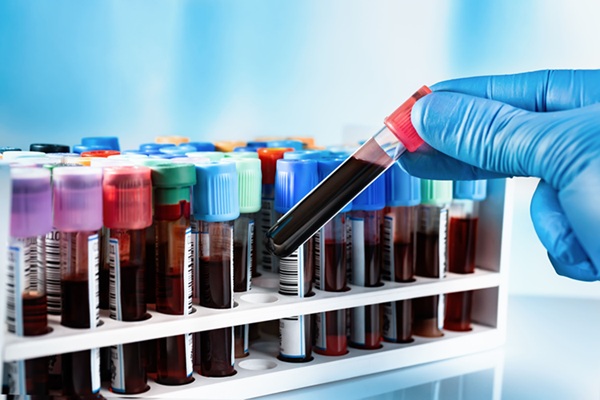
Blood Protein Profiles Predict Mortality Risk for Earlier Medical Intervention
Elevated levels of specific proteins in the blood can signal increased risk of mortality, according to new evidence showing that five proteins involved in cancer, inflammation, and cell regulation strongly... Read more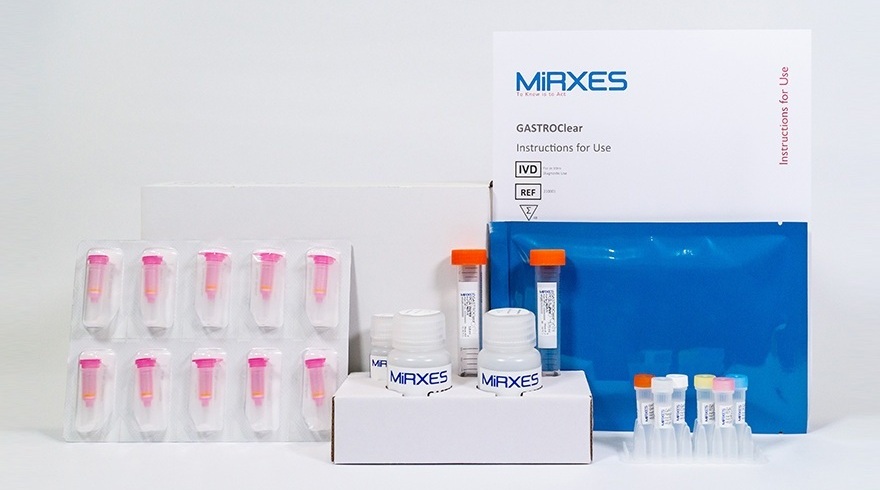
First Of Its Kind Blood Test Detects Gastric Cancer in Asymptomatic Patients
Each year, over 1 million people worldwide are diagnosed with gastric (stomach) cancer, and over 800,000 people die of the disease. It is among the top 5 deadliest cancers worldwide for both men and women.... Read moreHematology
view channel
Platelet Activity Blood Test in Middle Age Could Identify Early Alzheimer’s Risk
Early detection of Alzheimer’s disease remains one of the biggest unmet needs in neurology, particularly because the biological changes underlying the disorder begin decades before memory symptoms appear.... Read more
Microvesicles Measurement Could Detect Vascular Injury in Sickle Cell Disease Patients
Assessing disease severity in sickle cell disease (SCD) remains challenging, especially when trying to predict hemolysis, vascular injury, and risk of complications such as vaso-occlusive crises.... Read more
ADLM’s New Coagulation Testing Guidance to Improve Care for Patients on Blood Thinners
Direct oral anticoagulants (DOACs) are one of the most common types of blood thinners. Patients take them to prevent a host of complications that could arise from blood clotting, including stroke, deep... Read moreImmunology
view channel
Gene Signature Test Predicts Response to Key Breast Cancer Treatment
DK4/6 inhibitors paired with hormone therapy have become a cornerstone treatment for advanced HR+/HER2– breast cancer, slowing tumor growth by blocking key proteins that drive cell division.... Read more
Chip Captures Cancer Cells from Blood to Help Select Right Breast Cancer Treatment
Ductal carcinoma in situ (DCIS) accounts for about a quarter of all breast cancer cases and generally carries a good prognosis. This non-invasive form of the disease may or may not become life-threatening.... Read moreMicrobiology
view channel
Rapid Assay Identifies Bloodstream Infection Pathogens Directly from Patient Samples
Bloodstream infections in sepsis progress quickly and demand rapid, precise diagnosis. Current blood-culture methods often take one to five days to identify the pathogen, leaving clinicians to treat blindly... Read more
Blood-Based Molecular Signatures to Enable Rapid EPTB Diagnosis
Extrapulmonary tuberculosis (EPTB) remains difficult to diagnose and treat because it spreads beyond the lungs and lacks easily accessible biomarkers. Despite TB infecting 10 million people yearly, the... Read more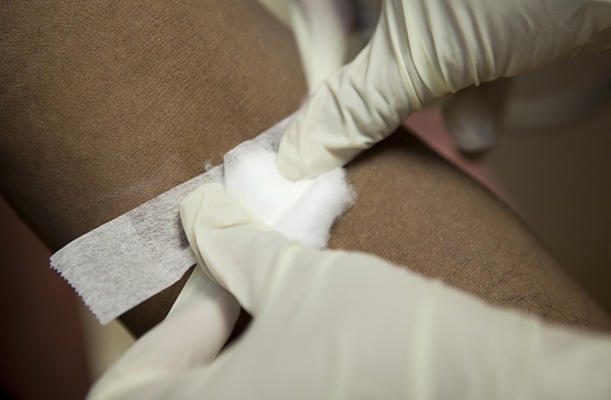
15-Minute Blood Test Diagnoses Life-Threatening Infections in Children
Distinguishing minor childhood illnesses from potentially life-threatening infections such as sepsis or meningitis remains a major challenge in emergency care. Traditional tests can take hours, leaving... Read more
High-Throughput Enteric Panels Detect Multiple GI Bacterial Infections from Single Stool Swab Sample
Gastrointestinal (GI) infections are among the most common causes of illness worldwide, leading to over 1.7 million deaths annually and placing a heavy burden on healthcare systems. Conventional diagnostic... Read morePathology
view channel
AI Tool Rapidly Analyzes Complex Cancer Images for Personalized Treatment
Complex digital biopsy images that typically take an expert pathologist up to 20 minutes to assess can now be analyzed in about one minute using a new artificial intelligence (AI) tool. The technology... Read more
Diagnostic Technology Performs Rapid Biofluid Analysis Using Single Droplet
Diagnosing disease typically requires milliliters of blood drawn at clinics, depending on needles, laboratory infrastructure, and trained personnel. This process is often painful, resource-intensive, and... Read moreTechnology
view channel
AI Saliva Sensor Enables Early Detection of Head and Neck Cancer
Early detection of head and neck cancer remains difficult because the disease produces few or no symptoms in its earliest stages, and lesions often lie deep within the head or neck, where biopsy or endoscopy... Read more














